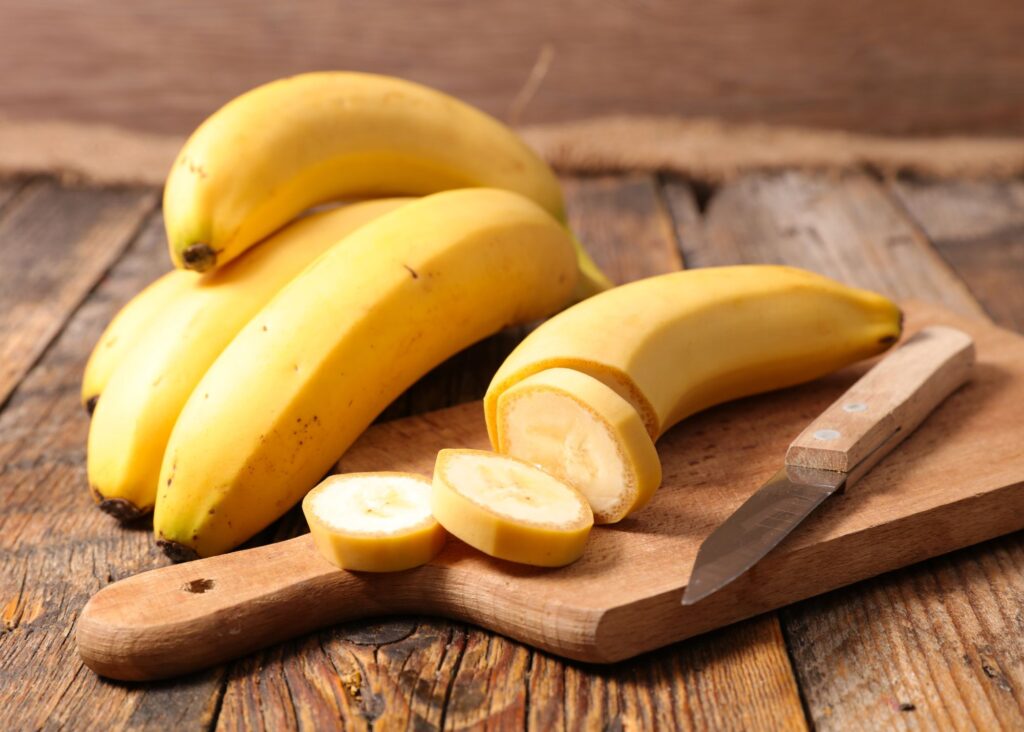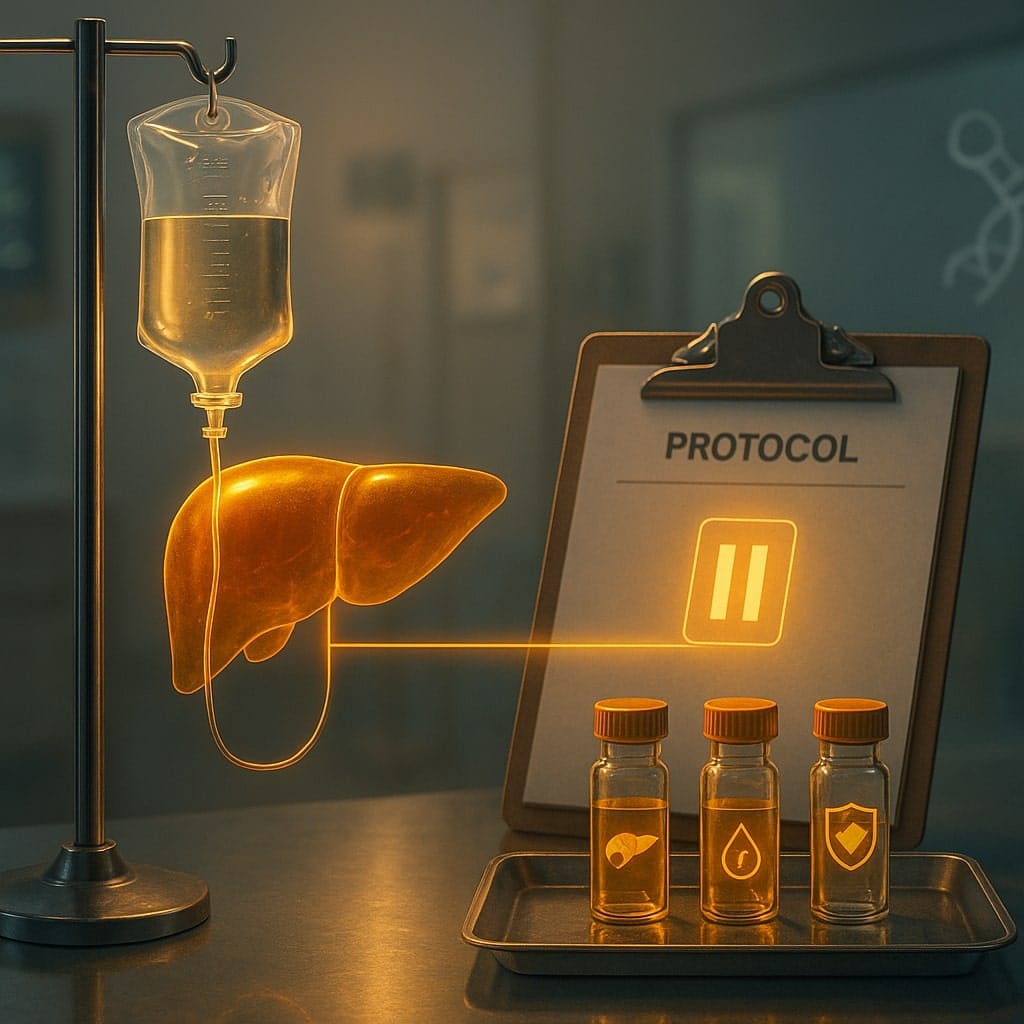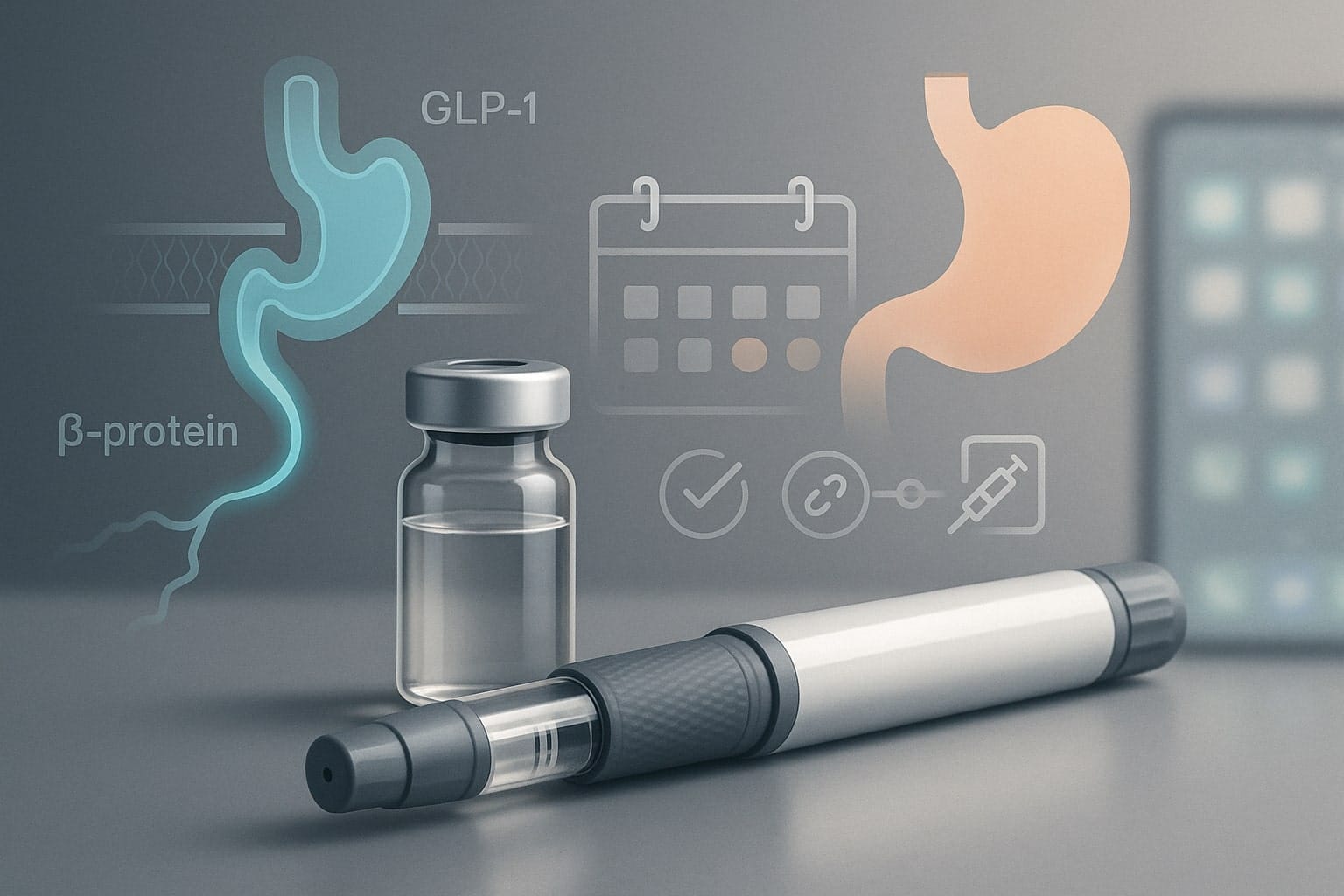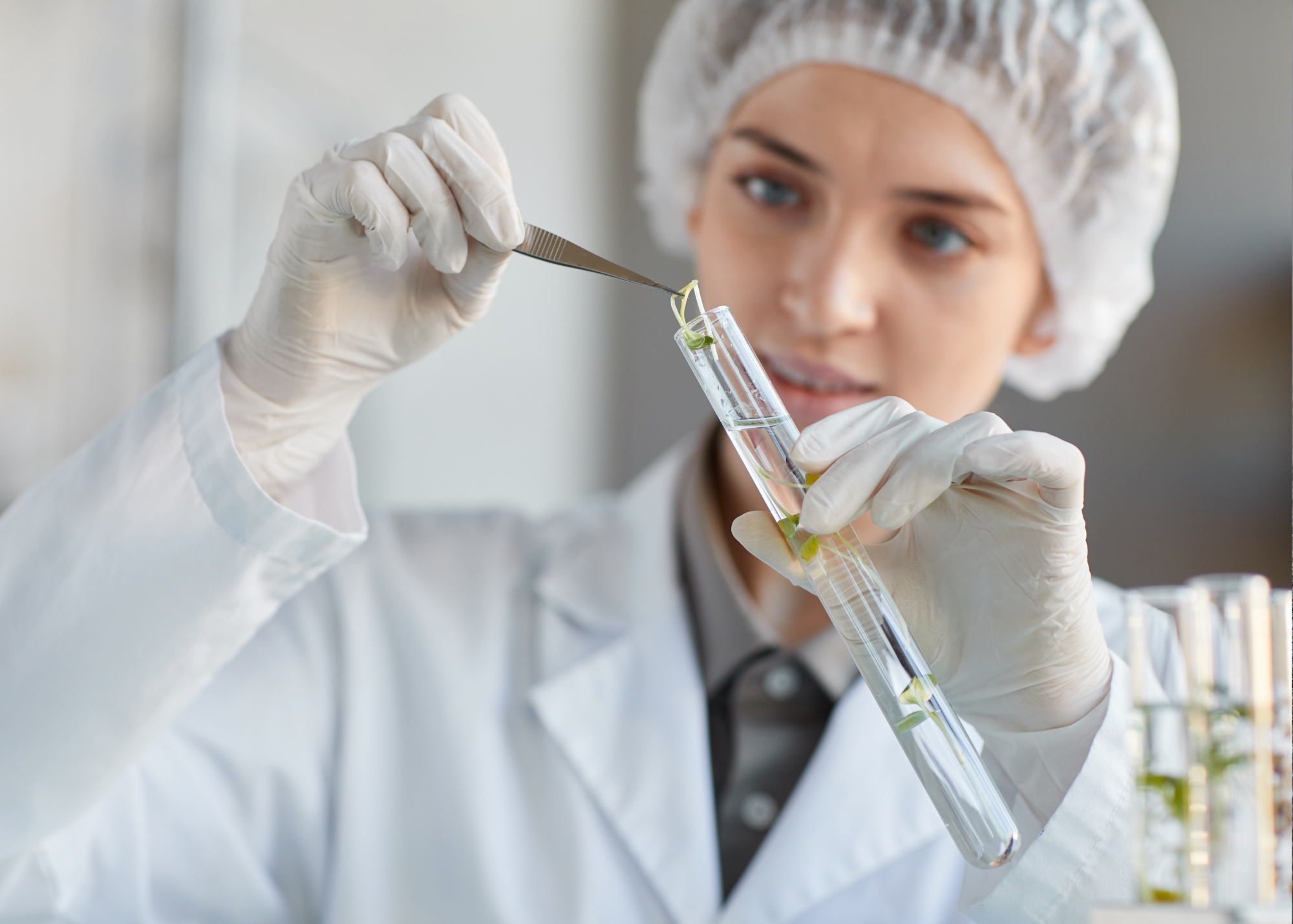Table of Contents
ToggleA New Era for Bananas: The Innovation That Could Change How We Eat Fruit
Bananas are a staple fruit worldwide, enjoyed by millions for their convenience, taste, and nutritional benefits. Yet, one unavoidable characteristic has long plagued the industry and consumers alike—browning. Once peeled or sliced, a banana’s vibrant yellow quickly turns an unappetizing brown due to enzymatic oxidation, reducing its visual appeal and perceived freshness. That may soon change.
Enter Tropic, a UK-based biotechnology firm that has developed a revolutionary non-browning banana using gene-editing technology. The innovation promises to extend the fruit’s freshness for up to 12 hours after peeling or cutting, marking a potentially transformative moment for both consumers and the banana industry.
But beyond aesthetics, this scientific breakthrough could also have significant implications for food waste, sustainability, and market expansion.
The Science Behind the Non-Browning Banana
The process that causes bananas to brown is widely known but often underestimated in its consequences. The primary culprit is an enzyme called polyphenol oxidase (PPO). When the fruit’s flesh is exposed to oxygen, PPO reacts with phenolic compounds inside the banana, triggering the browning effect.
Tropic’s solution? CRISPR gene-editing technology. Scientists at the firm have successfully disabled the genes responsible for PPO production, effectively preventing the oxidation process from taking place. Unlike traditional genetic modification (GMO) methods, CRISPR allows for precise genetic edits without introducing foreign DNA, potentially easing regulatory hurdles and consumer concerns.
Similar gene-editing techniques have already been used to produce non-browning Arctic apples, which have gained traction in the fresh produce market. However, applying this technology to bananas—one of the most widely consumed fruits globally—could have an even more substantial impact.
A Solution to Food Waste?
The impact of food waste cannot be overstated. According to the Food and Agriculture Organization (FAO) of the United Nations, nearly 1.3 billion tons of food are wasted annually, contributing to environmental degradation and economic losses. Bananas are among the top contributors to fruit waste, with an estimated 60% of exported bananas discarded before they even reach consumers due to blemishing, over-ripeness, or premature browning.
Tropic’s innovation could significantly mitigate this problem. By extending the visual and edible shelf life of bananas, the company hopes to reduce food waste both at the consumer level and across the supply chain. If non-browning bananas can remain fresh for longer periods, supermarkets may be able to extend their shelf displays, food manufacturers can reduce losses, and consumers can enjoy bananas for longer without the pressure of rapid spoilage.
In addition to waste reduction, there are potential environmental benefits. Bananas are often transported long distances, and spoilage during shipping results in unnecessary carbon emissions. A longer-lasting banana could reduce the need for excess shipments, lowering CO₂ equivalent emissions across the supply chain by an estimated 25%, according to Tropic.

Market Expansion and the Future of Fresh-Cut Fruits
Beyond addressing food waste, the extended shelf life of non-browning bananas opens up new business opportunities. Currently, bananas are rarely included in pre-packaged fruit salads or fresh-cut produce selections due to their rapid browning. If this innovation becomes widely adopted, the fresh-cut fruit industry could incorporate bananas into their offerings, creating new revenue streams and diversifying product lines.
Imagine grabbing a pre-packaged fruit bowl from your local grocery store and seeing perfectly yellow banana slices next to strawberries and melon—something previously unheard of due to browning concerns. This small but significant shift could increase banana consumption and broaden its role in convenience food markets.
Retailers and foodservice providers may also reap cost savings by reducing the need for artificial preservatives or modified atmosphere packaging, both of which are commonly used to extend the freshness of cut fruit.
Regulatory Approvals and Consumer Perception
Gene-edited crops often face hurdles related to regulatory approvals and consumer skepticism. However, Tropic’s bananas have already cleared regulatory assessments in key global markets, including the United States, Canada, Colombia, the Philippines, and Honduras. These approvals indicate growing acceptance of gene-editing technologies, especially as they pertain to food waste reduction and sustainability.
The United States Department of Agriculture (USDA) has previously signaled a more lenient stance toward gene-edited crops compared to traditional GMOs, given that CRISPR techniques do not introduce foreign DNA. As a result, Tropic’s bananas may face fewer regulatory roadblocks than earlier biotech food innovations.
Consumer perception, however, remains a critical factor. The success of non-browning bananas will depend on public acceptance of gene-edited foods. While some consumers remain cautious about biotechnology in agriculture, a growing segment is embracing food innovations aimed at sustainability and waste reduction. Education and transparent labeling will play a pivotal role in driving mainstream adoption.
Comparison to Other Non-Browning Fruits
Tropic’s gene-edited banana is not the first fruit to undergo genetic modifications to prevent browning. A few notable examples include:
- Arctic Apples: Developed using gene silencing to reduce PPO activity, these apples have been available in the U.S. and Canada since 2017. While they have gained traction, market adoption has been gradual due to GMO concerns.
- Innate Potatoes: A biotech-developed potato that resists browning and bruising, marketed as a solution to reduce potato waste in foodservice and retail sectors.
- Non-Browning Eggplant: Researchers have experimented with genome-editing to extend the shelf life of eggplant, although commercial availability remains limited.
Tropic’s approach follows a growing trend in agricultural biotechnology, where food developers aim to reduce waste and increase efficiency while maintaining natural flavor and texture.
Challenges and Future Prospects
While the potential benefits of non-browning bananas are substantial, a few challenges remain:
- Consumer Education: Building trust in gene-edited produce requires effective communication about its safety, benefits, and environmental impact.
- Supply Chain Integration: The industry will need to determine the best methods for integrating non-browning bananas into existing distribution and retail systems.
- Economic Viability: Scaling production and ensuring affordability for farmers and suppliers will be key to widespread adoption.
Looking ahead, Tropic plans to launch its non-browning bananas commercially in March 2025, with an extended shelf-life banana variety expected by year-end. If successful, this could pave the way for broader applications of gene-editing in the fruit and vegetable industry.
Conclusion
Tropic’s gene-edited non-browning banana represents a significant leap forward in agricultural biotechnology. By extending the fruit’s freshness, the innovation has the potential to reduce food waste, improve supply chain efficiency, and open new market opportunities. With regulatory approvals already secured in major markets, the stage is set for a new era of bananas—one where brown, unappetizing fruit may soon be a thing of the past.
As these bananas make their way onto store shelves, one question remains: Will consumers embrace this innovation, or will skepticism toward biotech foods persist? The answer could shape the future of food sustainability for years to come.












